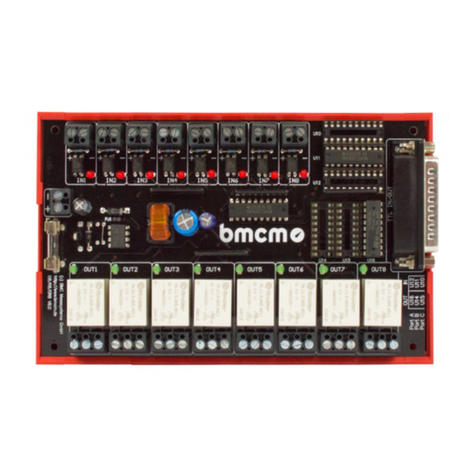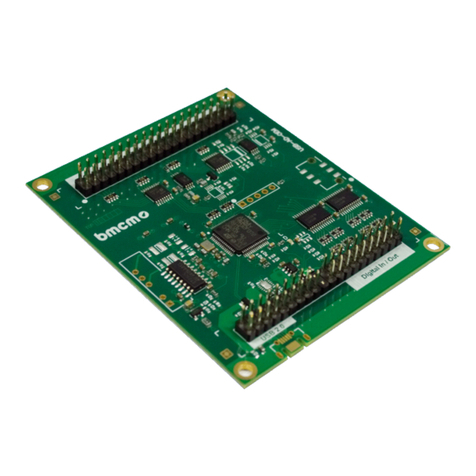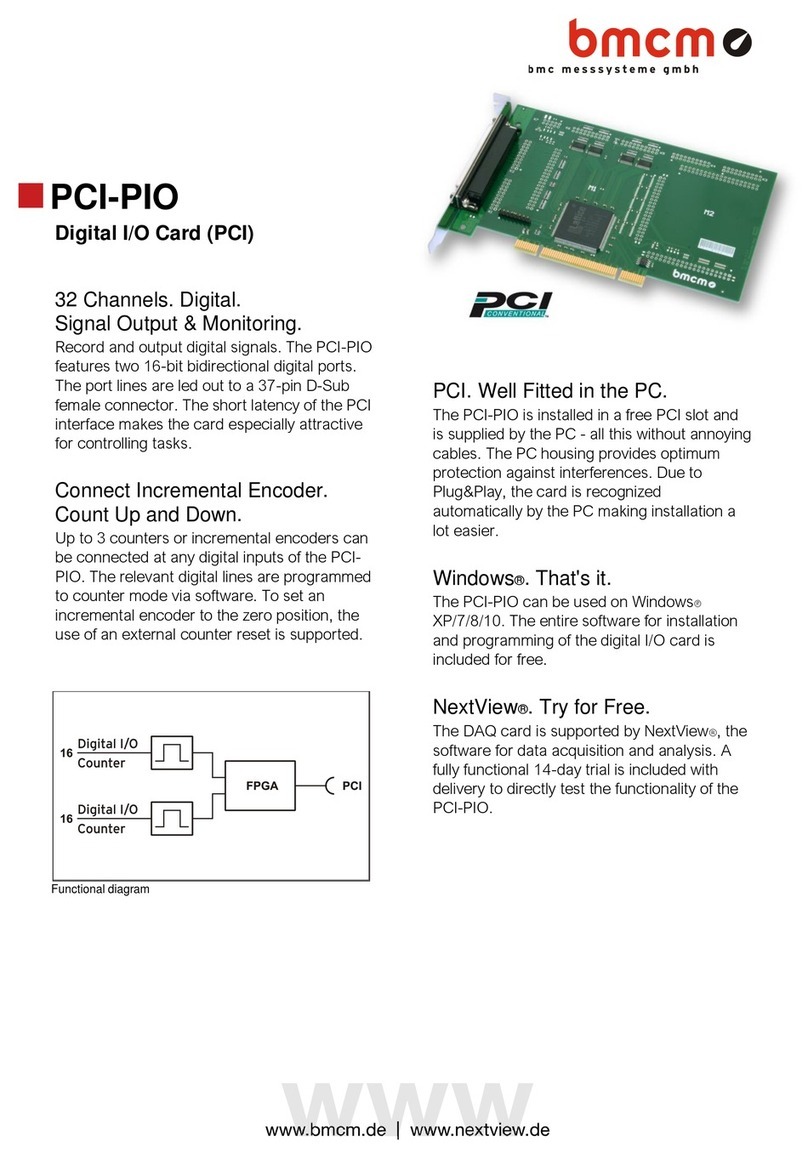PCI-BASEII
Data Acquisition and Control Card (PCI)
Measurement & Control.
Multifunctional.
The PCI-BASEII is a multifunctional data
acquisition and control card for stationary
applications. Its modular structure guarantees
individual and flexible adjustment to a
measuring task. The short latency of the PCI
interface makes the card especially attractive
for controlling tasks.
Modular Concept. Optimize
Price-Performance-Ratio.
Perfectly adapted to the respective
measurement application, data acquisition
modules can be selected to equip the two
module slots of the
PCI-BASEII. It is the customer who decides
about performance and price of his DAQ
system!
Modules: MADDA. MDA. MCAN.
What Would you Like?
A great variety of analog plug-on modules is
available differing in the number of inputs and
outputs, resolution and sampling rate. If a
MADDA module e.g. is combined with a CAN
module, analog measurements and via the
CAN interface are possible. Analog, digital,
and CAN channels are sampled time-
synchronously.
32 Digital Inputs/Outputs.
3 Counters.
The PCI-BASEII features 32 digital lines, which
means that the base board is a digital I/O card
itself. The direction of the two 16-bit ports is
set via software. 3 counters accessible via any
digital inputs allow the acquisition of counting
pulses or the connection of incremental
encoders.
PCI. Well Fitted in the PC.
The PCI-BASEII is installed in a free PCI slot
and is supplied by the PC –all this without
annoying cables. The PC housing provides
optimum protection against interferences. Due
to Plug&Play, the card is recognized
automatically by the PC making installation a
lot easier.
Windows®. That's it.
The PCI-BASEII can be used on Windows®
XP/7/8/10. The entire software for installation
and programming of the multifunction card is
included for free.
NextView®. Try for Free.
The DAQ card is supported by NextView®, the
software for data acquisition and analysis. A
fully functional 14-day trial is included with
delivery to directly test the functionality of the
PCI-BASEII.
































